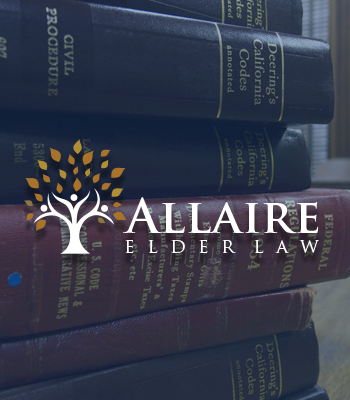Stairs, Tubs and Rugs
The title of this article lists items that are in almost everyone’s house and from the time we learn to safely use them at age three or four, we don’t give them a thought. They are just part of our daily lives. But as we get up in age, those three items can become more dangerous to us than when we were toddlers. Most toddlers experience falls in their learning to safely use stairs, tubs, and rugs, and bruises and pain dissipate over hours or days and there is seldom long-term impairment. But when someone is 80, instead of 8, a broken bone, or dislocated joint, or concussion may not heal very well, or may incapacitate an otherwise self-reliant elder person to the point where they cannot stay at home. It’s our experience in aiding families get care for their loved ones that the single biggest reason for needing long term care, starts with a fall. Let’s be realistic, bones, muscle cells and that old brain just do not recover as fast, and sometimes not at all from the dreaded fall.
The answer is to “fall proof” the house as much as possible, or in some cases, move to a single floor house or apartment, that has a walk in shower with a seat. And that single floor living space should not have throw rugs that can catch a toe and cause a fall. Either wall to wall carpeting, or no floor coverings are the safer bet for someone whose agility and balance are declining. An article years ago mentioned my mother-in-law who at age 93 refused to move her bedroom to the first floor and refused to use the stair glide we installed for her. She fell down the stairs and could never go home again, although she did live to a couple months shy of 100. She is a prime example that one fall is the reason that many elders have to move to a care facility.
Eliminating stairs usually means moving to a one floor apartment or condo. Fortunately, there are many such places. But older apartments or condos probably still have those old tubs instead of a walk-in shower. If that is the case, and other options are not available, get sufficient grab bars in place, and have a tub seat that extends on legs outside the tub and allows the user to sit down, and then slowly lift one leg inside the tub, slide over more and then lift the second leg into the tub. Then with a retractable shower head, there is no standing required.
Another risk for someone with dementia is the stove, although far fewer people are injured from burns. If the family has reason to believe it is a risk that a burner will be left on, the answer is to eliminate the power source. That may involve a different family discussion, but at least mom or dad won’t have that risk.
Taking such precautionary steps won’t eliminate all risk with falling, but it will go a long way to avoiding serious injury. And that is about all anyone can do.
Attorneys Halley C. Allaire and Stephen O. Allaire (Retired) are partners in the law firm of Allaire Elder Law.
If you have a question, send a written note to us and we may use your question in a future column.

Elder Law Articles
Connect
Newsletter
legal news on Elder Law in Connecticut.







